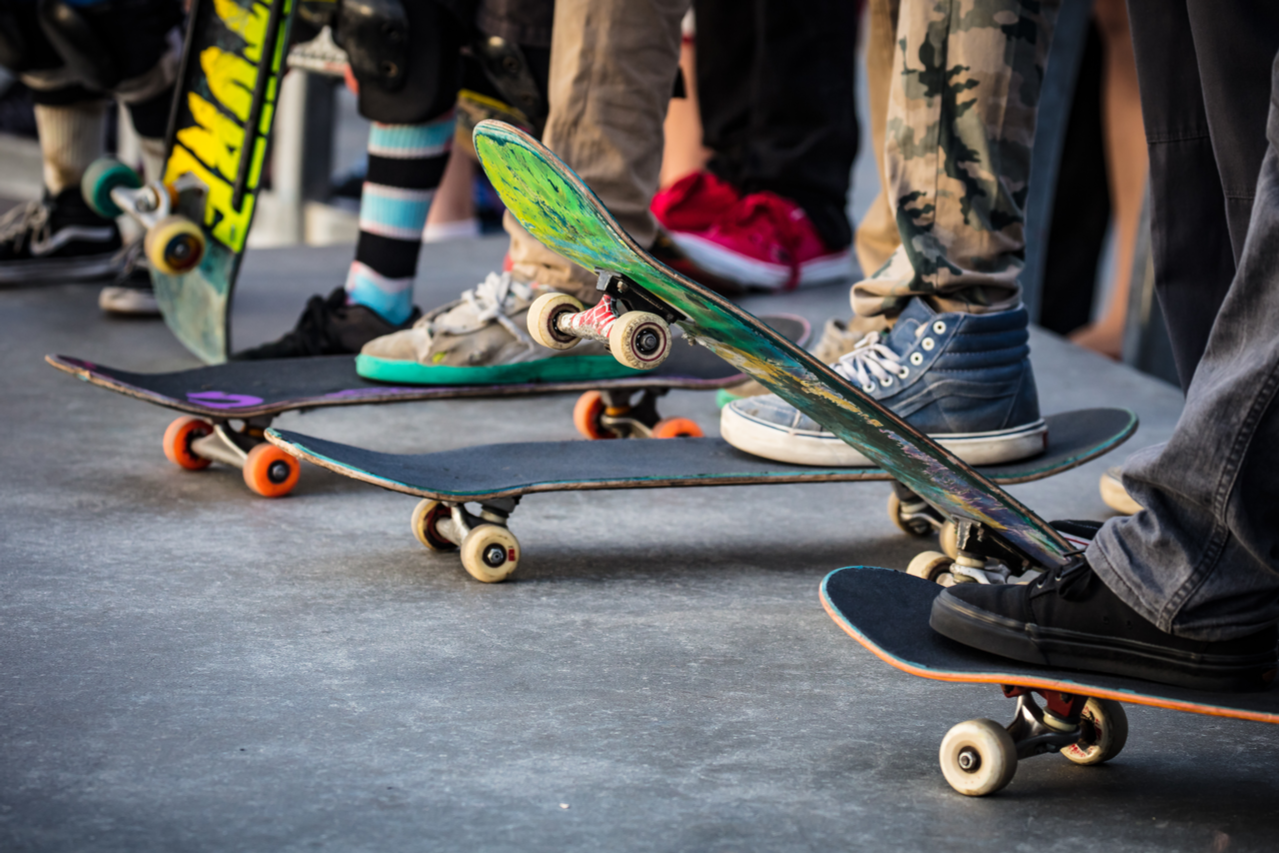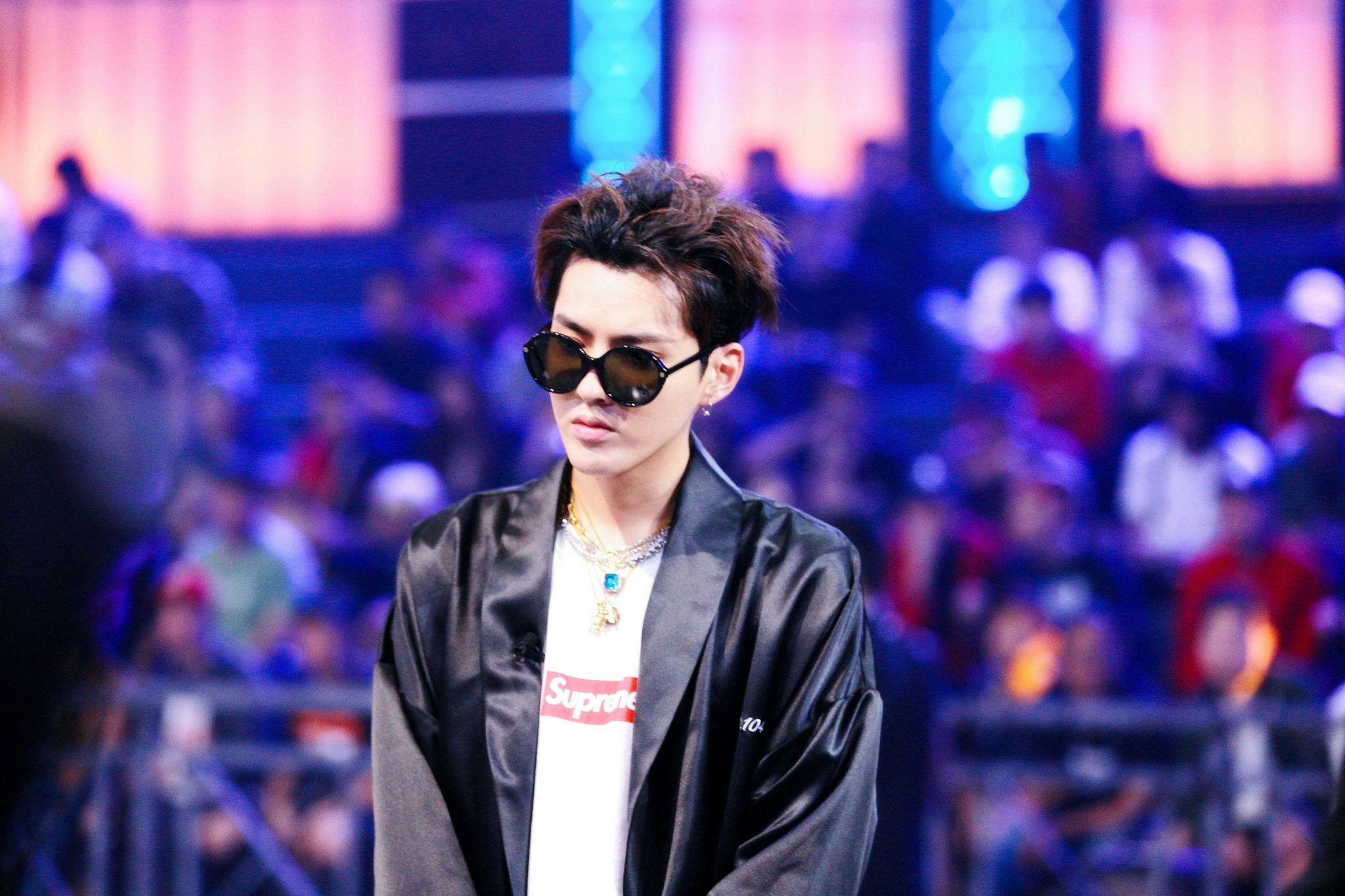With its early roots in Californian surf and skate culture of the 1980s, streetwear has grown to include bits of hip-hop, punk, and Japanese street fashion, and in the process of morphing into a global fashion trend. And now, in China, it has not only found a new and vibrant home (in the largest consumer market in the world), but has become a deeper form of self-expression and a sublet political statement.
On May 21, the streetwear authority publication Hypebeast, in collaboration with consultancy PwC’s Strategy &, released the “Streetwear Impact Report”, a comprehensive data-driven overview of the streetwear market and consumer. Its findings on China are surprising.
41% of Chinese and Japanese respondents indicated that they see streetwear as a political statement.
When measuring why consumers like streetwear, both North American and European consumer respondents placed a greater importance on streetwear’s shared community taste and values in comparison to newer markets in Asia. Among North American and European consumer respondents, close to half (40 percent) indicated community was a key factor, compared to only 12 percent of respondents in Asia. Meanwhile, almost half (41 percent) of Chinese and Japanese respondents indicated that they see streetwear as a political statement. This is an important distinction, and one that many brands should heed.
For the global streetwear industry, China’s exploding interest in buying and trading streetwear fashion and accessories is only matched by an ever-increasing host of Chinese streetwear businesses eager to gain traction in this lucrative market. Given this, the question then becomes: how will China not only transform the streetwear industry, but more importantly, dictate where it’s heading around the world. And how Chinese customers, with a wide range of different ideologies and sociocultural settings, embrace this rebellious subculture, bringing unintended consequences to streetwear brands and retailers.
For long, streetwear was a type of underground culture in China that was only sought-after by a niche group of people. In 2017 this changed with two popular Chinese reality shows, The Rap of China and Dunk of China, which pushed it to the mainstream and fueled a growing interest in the general public. This past week, even Sneaker Con, the world’s largest sneaker trading and reselling trunk show, rolled out its 10th edition in Shanghai. The three-day event wooed over 20,000 Chinese consumers, who included not only sneakerheads, but also fashionistas fervently interested in learning more about streetwear culture.
It has also, surprisingly, become the turn-to option for affluent Chinese consumers to show their uniqueness and statement-making. Previously, luxury brands carried this function in China, but a shift in the country’s top-tier customer segment started to emerge over the past several years, partially due to the fact that many formerly coveted luxury brands have become available to the mass market, thus fading the allure somewhat.
Though not normally thought of as a luxury style in most parts of the world, streetwear in international markets like China, Korea, and Japan, have embraced it on the same level as other luxury purchases, and in doing so have reported much higher average spending then Western consumer respondents. More than half (61 percent) of respondents from North America and Europe reported an average spend of 100-300, while 11 percent reported an average spend of 300-500. Average spend per product spends jumps significantly when looking at data from Asian respondents. Among Korean and Chinese respondents, 20 percent reported an average spend of 300-500. By far, Japanese respondents reported the highest average spend, with 28 percent reporting an average spend of 300-500 per product and another 32 percent reporting an average spend of 500 or more per product.
Overall, the face of streetwear is changing fast today, thanks in great part to the entry of Chinese consumers, who are embracing streetwear as a sublet political statement, as well as a stylish and comfortable look. The whole industry will soon observe how the force of China rewrites the rules of the game.


